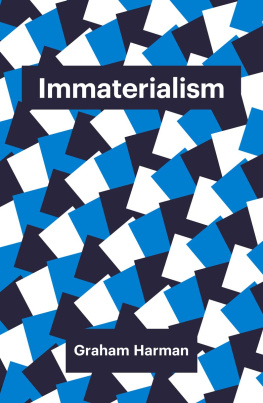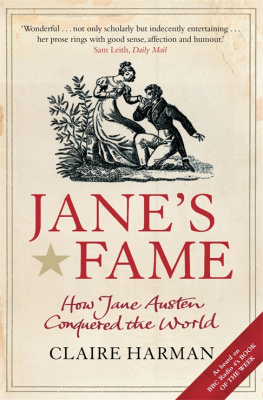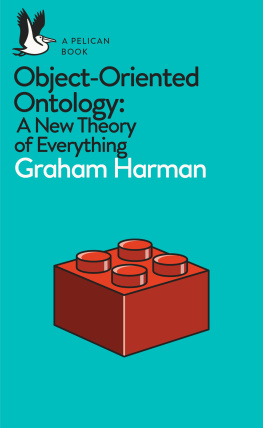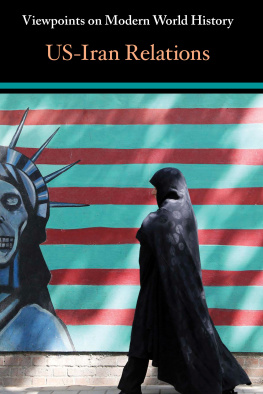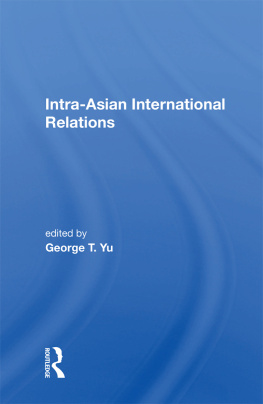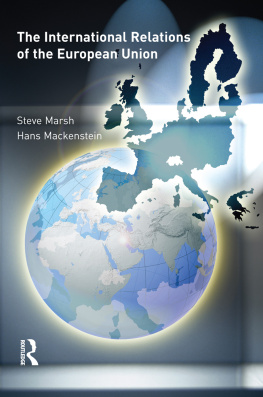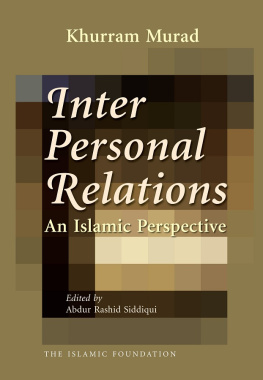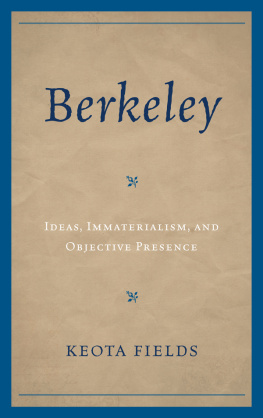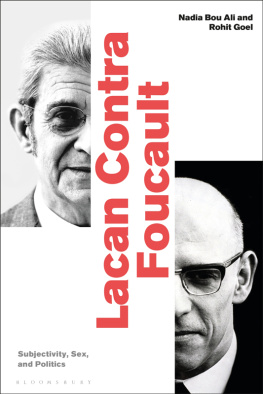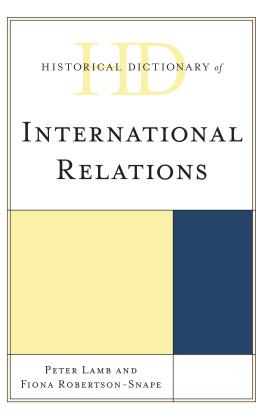Contents
Guide
Pages

Theory Redux
Series editor: Laurent de Sutter
Roberto Esposito, Persons and Things
Sreko Horvat, The Radicality of Love
Dominic Pettman, Infinite Distraction:
Paying Attention to Social Media
Graham Harman, Immaterialism:
Objects and Social Theory
Immaterialism
Objects and Social Theory
Graham Harman
polity
Copyright Graham Harman 2016
The right of Graham Harman to be identified as Author of this Work has been asserted in accordance with the UK Copyright, Designs and Patents Act 1988.
First published in 2016 by Polity Press
Polity Press
65 Bridge Street
Cambridge CB2 1UR, UK
Polity Press
350 Main Street
Malden, MA 02148, USA
All rights reserved. Except for the quotation of short passages for the purpose of criticism and review, no part of this publication may be reproduced, stored in a retrieval system, or transmitted, in any form or by any means, electronic, mechanical, photocopying, recording or otherwise, without the prior permission of the publisher.
ISBN-13: 978-1-5095-0100-7
A catalogue record for this book is available from the British Library.
Library of Congress Cataloging-in-Publication Data
Names: Harman, Graham, 1968- author.
Title: Immaterialism : objects and social theory / Graham Harman.
Description: Malden, MA : Polity, 2016. | Includes bibliographical references.
Identifiers: LCCN 2015043559 (print) | LCCN 2016005675 (ebook) | ISBN 9781509500963 (hardback) | ISBN 9781509500970 (pbk.) | ISBN 9781509500994 (Mobi) | ISBN 9781509501007 (Epub)
Subjects: LCSH: Object (Philosophy) | Sociology. | Social sciences--Philosophy.
Classification: LCC BD336 .H37 2016 (print) | LCC BD336 (ebook) | DDC 111--dc23
LC record available at http://lccn.loc.gov/2015043559
The publisher has used its best endeavours to ensure that the URLs for external websites referred to in this book are correct and active at the time of going to press.
However, the publisher has no responsibility for the websites and can make no guarantee that a site will remain live or that the content is or will remain appropriate.
Every effort has been made to trace all copyright holders, but if any have been inadvertently overlooked the publisher will be pleased to include any necessary credits in any subsequent reprint or edition.
For further information on Polity, visit our website: politybooks.com
Part One
Immaterialism
Objects and Actors
This is a book about objects and their relevance to social theory. Since the books in this series are intended to be concise, I have had to omit a great deal that some readers will regard as central. Influential theorists such as Michel Foucault and Niklas Luhmann appear briefly if at all, while Roy Bhaskar and Manuel DeLanda (both personal favorites) lost entire sections during the final cuts. Instead, the first part of the book will focus on Actor-Network Theory (ANT), which I regard as the most important philosophical method to emerge since phenomenology in 1900, and on New Materialism, the school of contemporary thought most often confused with my own position, Object-Oriented Ontology (OOO).
The track record of ANT in dealing with objects is decidedly mixed. In one sense it already incorporates objects into social theory as much as anyone could ask for. ANT offers a flat ontology in which anything is real insofar as it acts, an extremely broad criterion that grants equal initial weight to supersonic jets, palm trees, asphalt, Batman, square circles, the Tooth Fairy, Napoleon III, al-Farabi, Hillary Clinton, the city of Odessa, Tolkiens imaginary Rivendell, an atom of copper, a severed limb, a mixed herd of zebras and wildebeest, the non-existent 2016 Chicago Summer Olympics, and the constellation of Scorpio, since all are equally objects: or rather, all are equally actors. OOO could hardly be more inclusive of objects than ANT, and in some respects it is even less so. Yet in another sense ANT loses objects completely, by abolishing any hidden depth in things while reducing them to their actions. After all, you or I or a machine are not just what we happen to be doing at the moment, since we could easily be acting otherwise, or simply lying dormant, without thereby becoming utterly different things. Instead of replacing objects with a description of what they do (as in ANT) or what they are made of (as in traditional materialism), OOO uses the term object to refer to any entity that cannot be paraphrased in terms of either its components or its effects.
The search for an object-oriented social theory is motivated by the concerns of object-oriented philosophy (Harman 2010a, 93104). The first postulate of this philosophy is that all objects are equally objects, though not all are equally real: we must distinguish between the autonomy of real objects and the dependence of sensual objects on whatever entity encounters them (Harman 2011). This differs from neighboring theories that grant equal reality, though not equal strength, to anything that acts or makes a difference in the world, with two good examples being the philosophical positions of Bruno Latour (1988) and much later Levi Bryant (2011). It is not hard to name social theorists who cast as wide an ontological net as Latour: Durkheims rival Gabriel Tarde (2012) immediately comes to mind. But whereas object-oriented philosophy treats all sizes of objects equally and considers each as a surplus exceeding its relations, qualities, and actions, Tarde grants privilege to the tiniest monadic level of entities, while Latour is reluctant to concede more reality to objects than to their effects. (See Harman 2012a and Harman 2009, respectively.)
A good theory must ultimately draw distinctions between different kinds of beings. However, it must earn these distinctions rather than smuggling them in beforehand, as occurs frequently in the a priori modern split between human beings on one side and everything else on the other (see Latour 1993). This answers the question of why an object-oriented approach is desirable: a good philosophical theory should begin by excluding nothing. And as for those social theories that claim to avoid philosophy altogether, they invariably offer mediocre philosophies shrouded in the alibi of neutral empirical fieldwork.
Concerning the question of whether an object-oriented approach is new, it might seem at first that the theme of objects in social theory is a familiar mainstream topic. Science studies as a discipline, and not just ANT in the strict sense, has seemingly bent over backwards to integrate nonhuman elements into its picture of society. Karin Knorr Cetina (1997) has a good deal to say about objects, though her primary interest is in what she calls knowledge objects, and in general her objects are chaperoned by human beings rather than existing outside human contact. Consider also the following promotional blurb for the useful Routledge anthology Objects and Materials:
There is broad acceptance across the Humanities and Social Sciences that our deliberations on the social need to take place through attention to practice, to object-mediated relations, to non-human agency and to the affective dimensions of human sociality. (Harvey et al. 2013)
This passage is typical of recent trends in assigning two, and only two, functions to objects: (a) objects mediate relations, with the implication that what they mediate are relations between humans; (b) objects have agency, meaning that they are important when they are involved in some sort of action. These are the two ostensibly pro-object insights bequeathed by ANT and related schools. Their praiseworthy aim was to free us from an older tradition in which society was viewed as a self-contained realm where humans did all the acting and objects were passive receptacles for human mental or social categories.

